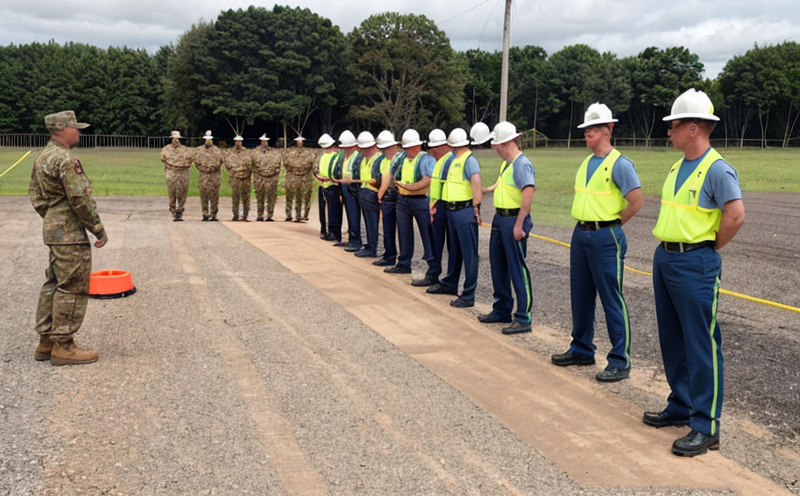Drill and exercise inspection
In today’s complex regulatory environment, organizations in Environmental Health and Safety (EHS) must be prepared to handle emergencies effectively. Drill and exercise inspections are a critical component of EHS management systems, designed to ensure that employees can respond appropriately during actual incidents. This service is essential for maintaining compliance with national and international standards such as OSHA, ISO 45001, and other sector-specific regulations.
Drill and exercise inspections involve simulating real-life scenarios to test the readiness of personnel and systems. By conducting these exercises, organizations can identify weaknesses in their emergency plans, improve response times, and enhance overall preparedness. Regular drills are also a means for continuous improvement, ensuring that all stakeholders remain familiar with their roles and responsibilities.
The scope of drill and exercise inspections includes various types of incidents such as hazardous material spills, fire emergencies, natural disasters, and pandemics. The primary objective is to evaluate the effectiveness of emergency response plans in preventing, mitigating, and recovering from these events. This service not only ensures compliance with legal requirements but also helps build confidence among employees and stakeholders.
The process typically involves several stages: planning, execution, observation, and evaluation. During the planning stage, detailed scenarios are developed to reflect real-world conditions. The execution phase is where the actual drills take place under controlled conditions. Observers then document performance against predefined criteria. Finally, evaluations provide insights for improvement.
Standardized protocols ensure that every drill adheres to best practices. These protocols cover everything from initial notifications and mobilizations to containment procedures and recovery efforts. Compliance with these standards not only minimizes risk but also demonstrates a commitment to safety and preparedness.
| Standard | Description |
|---|---|
| OSHA 29 CFR Part 1910 Subpart Q | Provides guidelines for dealing with hazardous materials and emergencies. |
| ISO 45001:2018 | Absorbs best practices from OHSAS 18001 to provide a framework for occupational health and safety management. |
Through rigorous planning, execution, observation, and evaluation, organizations can continuously improve their EHS performance. This service is not just about compliance; it’s about enhancing safety culture and ensuring readiness in critical situations.
Applied Standards
| Standard | Description |
|---|---|
| OSHA 29 CFR Part 1910 Subpart Q | Provides guidelines for dealing with hazardous materials and emergencies. |
| ISO 45001:2018 | Absorbs best practices from OHSAS 18001 to provide a framework for occupational health and safety management. |
Customer Impact and Satisfaction
- Enhanced employee confidence in handling emergencies
- Improved response times during actual incidents
- Identification of weaknesses in emergency plans for corrective action
- Increase in stakeholder trust through demonstrated preparedness and compliance
Use Cases and Application Examples
- Annual fire drills to ensure all personnel are familiar with evacuation procedures.
- Regular hazardous waste disposal simulations to test the effectiveness of containment measures.
- Emergency response exercises for natural disasters such as floods or earthquakes.
- Pandemic preparedness drills to simulate containment and mitigation strategies.





